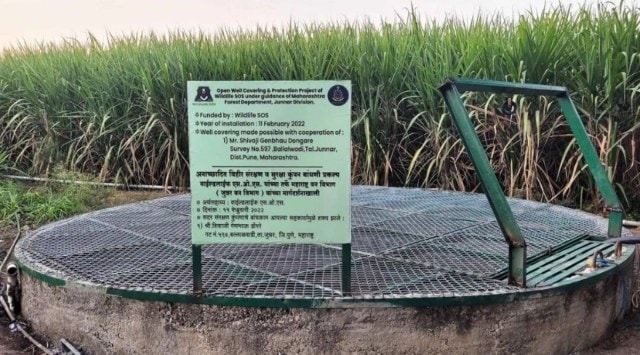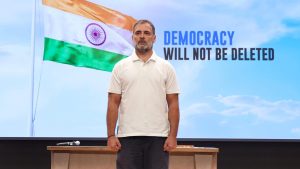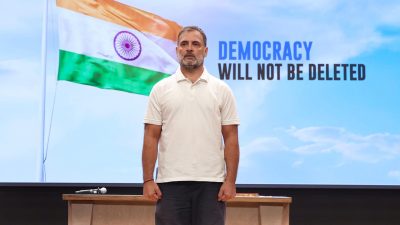Click here to join Express Pune WhatsApp channel and get a curated list of our stories
Wildlife SOS partners with villagers, forest dept to cover open wells in Maharashtra
The immediate goal of Wildlife SOS, a conservation non-profit charitable organisation working across India for protection of wildlife since 1995, is to cover about 40 to 50 open wells in the state.
 (File)
(File)Wildlife SOS has joined hands with the forest department as well as local communities in Maharashtra to cover open wells in order to reduce the risk of death to people, leopards and other wildlife.
The immediate goal of Wildlife SOS, a conservation non-profit charitable organisation working across India for protection of wildlife since 1995, is to cover about 40 to 50 open wells in the state.
There are thousands of wells across Maharashtra landscape shared by leopards, nilgai, antelope, striped hyenas, sloth bears and humans but absence of side walls around the largely abandoned and unprotected structures poses danger to human and animal lives, officials said.
Each village has 30 to 50 wells, some of which can be as deep as 80 to 100 feet and can be hazardous to any living creature who accidentally falls inside, resulting in fatal injuries or death by drowning, Kartick Satyanarayan, co-founder and CEO of Wildlife SOS, said.
Wildlife SOS has rescued over 50 leopards from open wells in the last decade, flagging this as a serious problem in the area.
“We have been working in collaboration with the forest department to rescue hundreds of animals, including leopards, from these wells. To prevent these death traps (wells) from claiming more lives, Wildlife SOS has initiated a participative community project that is both revolutionary and impact-oriented. Filling or sealing them is not an option because most of them still serve the local communities with valuable drinking water resources. Therefore, covering them is a workable solution that allows for people’s access to water while removing the risk of anyone falling in,” Satyanarayan added.
In the first stage of the project, Wildlife SOS has identified 40 wells that have previously claimed lives of leopards or from where leopards were rescued after a fall. These wells will be covered by fabricating and welding a secure cover that allows safe and secure access to the water.
“Four wells have been covered by Wildlife SOS at its own cost. Local villagers and land owners in areas where wells are located are stakeholders (in the initiative) whose participation is essential for success,” Dr Arun A Sha, Director, Research and Veterinary Operations, Wildlife SOS, said.
Click here to join Express Pune WhatsApp channel and get a curated list of our stories







